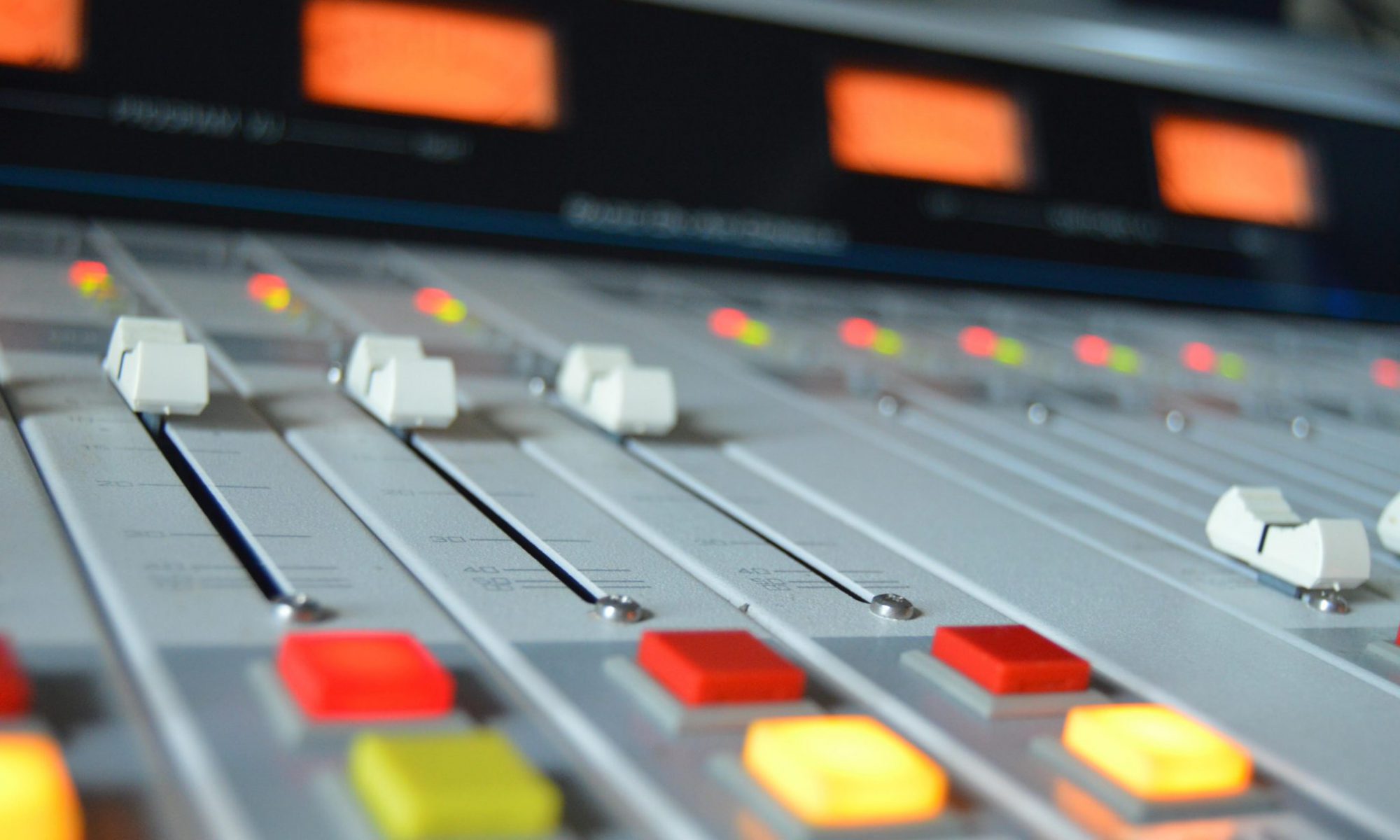As sound guys, when we meet up there are a few things we always seem to talk about. Most of those subjects surround how we do things. From wiring diagrams, wireless issues, microphones, and how we put up with musicians who never seem to have a guitar cable. This first time around with Gear Talk we are going to discuss microphones. I am going to go through how we do things not only here at Christ Community but how I’ve done things in the past with less resources. The idea here is to communicate those principles that can be translated to a full setup or just a few mics in a bar. Each week will talk about a different group of inputs on our soundboard (vocals, instruments, drums) with the exception of this week.
This week I’m going to talk about the two mics you can get away with doing everything with that both come to a total cost of $200, so we can all afford them. These aren’t necessarily my favorites they are just the old trustworthy microphones you can use to get a baseline with or to help troubleshoot. They are the sm58 and sm57. Both mics have been around for years and used in countless big concerts and small gatherings for a variety of reasons. As you may know they are both cardioid (unidirectional) microphones put out by Shure Microphones and are considered by most to be legendary in their own ways simply because of their sheer usage across the board, whether in the studio or on a live stage.
I think the sm58 was probably the first microphone I ever held or wired up. The church I grew up in didn’t have much in the way of resources but we had a drawer full of these to use all over. You have to remember, this is back in the days where churches were just lining stages with as many vocalists as they could followed up by as many wedges they could muster. I think I once saw a choir of people where every other one of them had an sm58 with all the colors of the rainbow for windscreens. I’ve also walked into a sandwich shop and seen a few of these mics on crappy mic stands being used as vocal and instrument mics attached up that “awesome” Peavey powered speaker. To be clear, I’m not mocking this microphone (or peavey speakers) just pointing out how many different things we’ve all seen this mic do. I’m sure we all have a few funny stories to share as well. I’m also hoping I’m not the only one who’s seen the video of a truck running over an sm58 than it being picked up, plugged in, put on a mic stand, than used to sing a song. The durability of the microphone, from personal experience, is incredible. From a purely audio perspective the mic always delivers on true-to-live sounds and has been the microphone of choice for so many front-men all over the world. Because of it’s grill design (globe-like with a small amount of foam and a measured distance from the capsule) it leans more towards the vocal area of the spectrum. It will work for instruments but as you are about to read about the sm57 is more tailored for the world of instruments/amps. If you want to read more about the sm58 Shure has a great article about how this mic came to be that can be found at this link. For me, if I have an unknown vocalist coming on stage or doing a quick recording I’ll often lean on the sm58 because I know that in most cases, it will sound amazing and work every single time.
Next is the sm57. Like it’s brother this mic carries the same properties of reliability and effective sound reproduction. However, where the sm58 works best for vocals the sm57 is tailored to work well for the rest of the stage. It’s combination “resonator/grille assembly” allows the mic to have a higher proximity effect making things feel more present and allowing for enhanced clarity at the higher end of the spectrum in comparison to the sm58’s flatter response curve. All throughout college as I was working live events and doing recordings in my dorm I found myself using this mic to record one friends’ classical picked guitar to another friends’ flaming guitar licks. Each time the sound was very clean and full bodied. On stage I’ve used the sm57 on drums, electrics, strings, etc. Of course there are better options but up until my current job, money was always a barrier and every time I went online and read about what folks are using for stuff on a budget we always came back to the sm57. In fact, when CCC switched to under-micing cymbals we started with sm57 microphones on both cymbals and the ride. It was great. Lots of off axis rejection and good crisp sound. We eventually switched away to a more specialized setup that I’ll get into in a later post but once again the sm57 became the first mic we went to when trying something new.
These two mics have truly become a mainstay in the audio industry. I recommend them all the time to most when we are trying to figure out the best thing to start with. I find they both provide a great baseline to improve upon. I recently heard a fellow tech say “we always need to be improving upon the sound we are amplifying” and these mics are often the mics that get that process started. I would go farther to say that if you don’t have a few extras sitting around, I’d pick a few up because you just never know what you might do next week, especially if you work in a church.
Let me know in the comments what crazy things you’ve done with either of these two mics!
